Traditional costumes are more than just pieces of clothing; they are intricately woven symbols of culture, history, and identity. The beauty and significance of traditional costumes were on full display at the exhibition "Culture of Clothing and Jewellery Art of the Turkic Peoples", Azernews reports.
The exhibition, dedicated to the Novruz holiday and the 15th anniversary of its inclusion in the UNESCO Representative List of the Intangible Cultural Heritage of Humanity, opened its doors at the Azerbaijan National Carpet Museum, showcasing a stunning collection of traditional women's costumes and jewellery from the Turkic peoples.
From Azerbaijan to Kazakhstan, Hungary to Turkiye, each exhibit demonstrated the rich heritage and artistic expression of these diverse cultures.
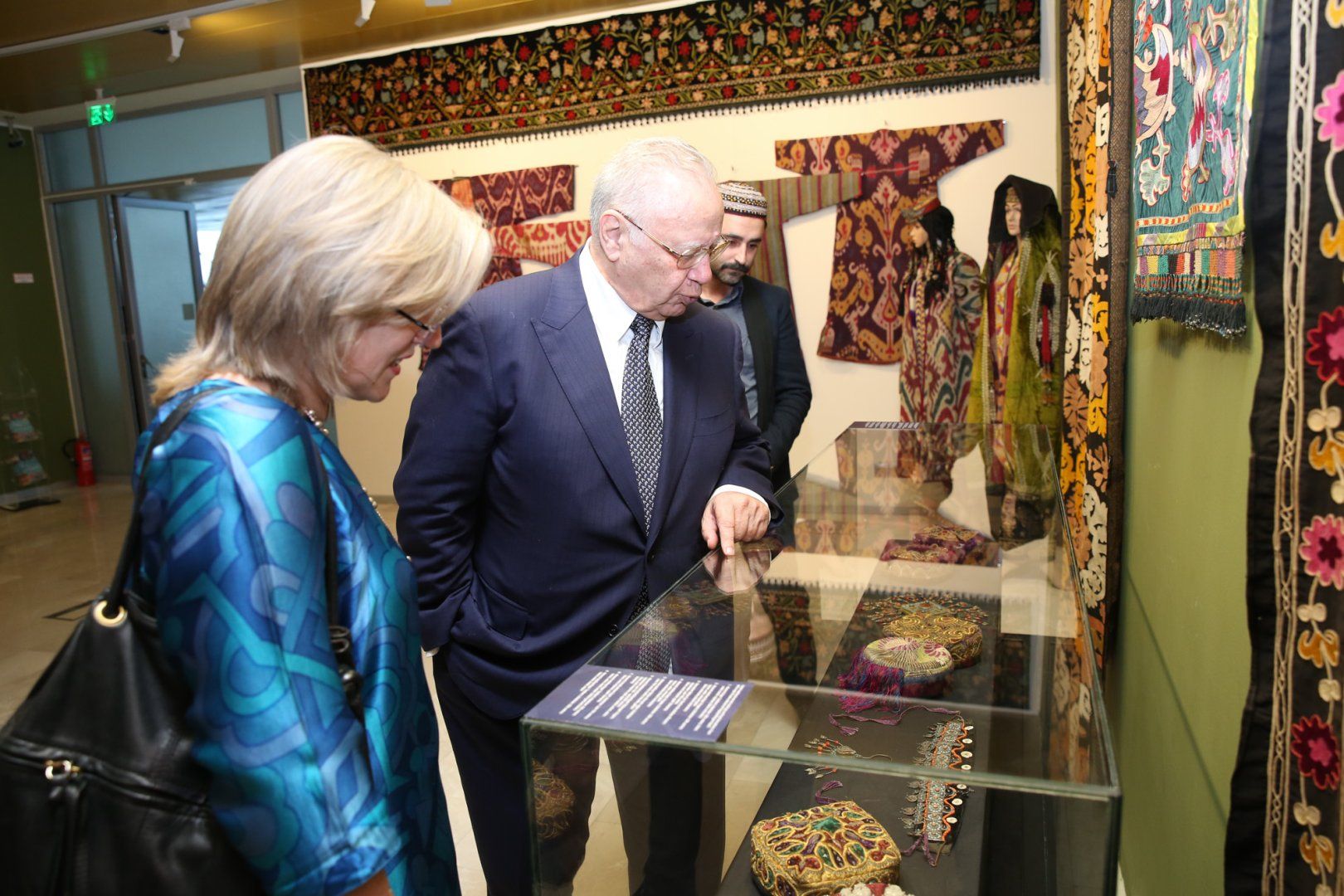
Acting Director of the National Carpet Museum, Mira Mammadkhanov, highlighted the importance of preserving and celebrating traditional costumes as a way to honour the unique traditions and way of life of the Turkic peoples.
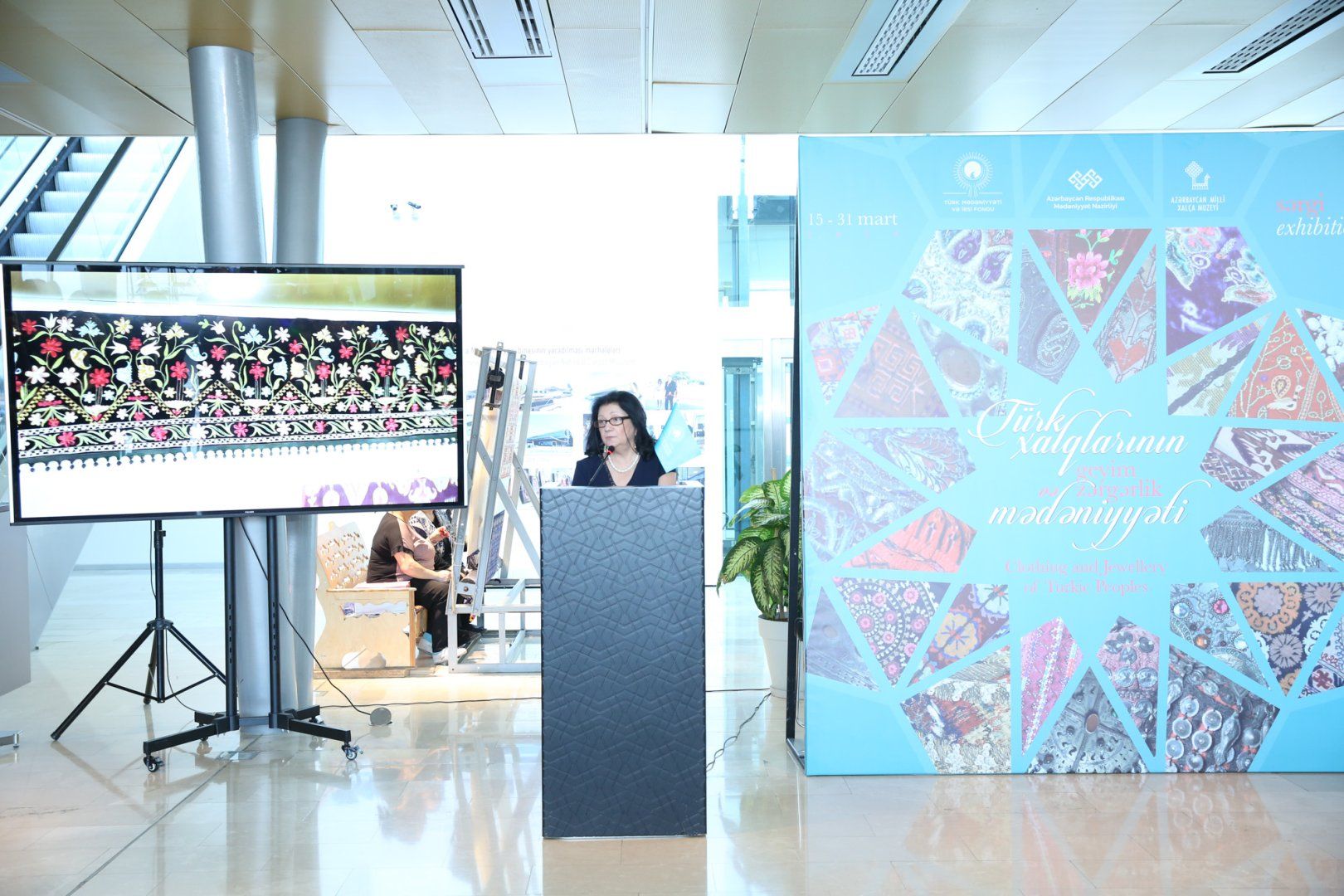
The Advisor to the Culture Minister, Jahangir Selimkhanov, emphasised the cultural significance of these exhibits, while the President of the Turkic Culture and Heritage Foundation, Aktoty Raimkulova, stressed the importance of recognising and celebrating the beauty of these artefacts.
The exhibition featured a range of materials, from colourful silks to intricate embroidery, each piece telling a story of craftsmanship and artistry. The ornate patterns and designs of the costumes offered viewers a glimpse into the intricate traditions and customs of the Turkic peoples.
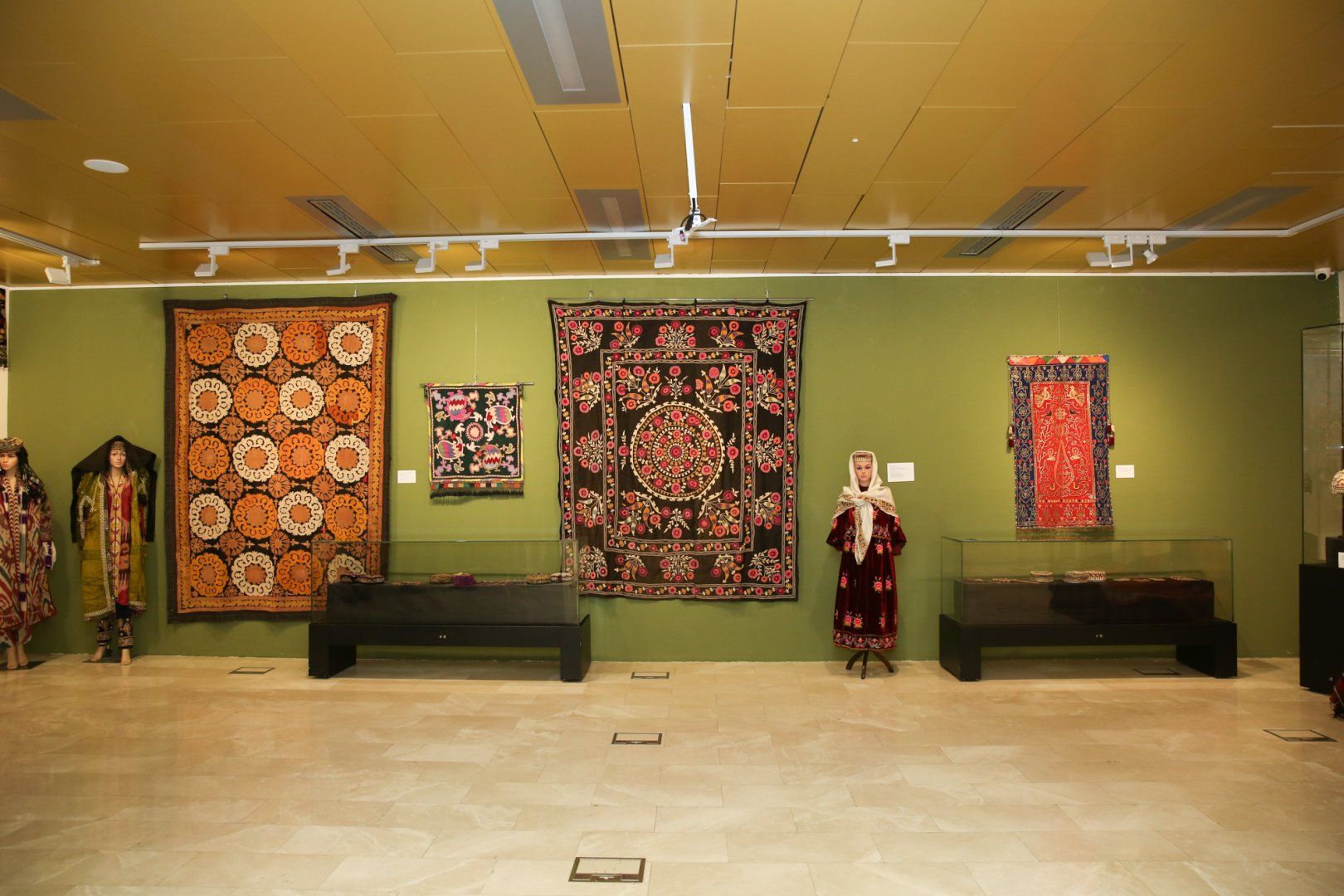
The presented exhibits are preserved in the collections of the Azerbaijan National Carpet Museum, the Turkic Culture and Heritage Foundation, the Association of Hungarian Folk Artists, and private collector Virginija Morgan-Hayat's. Each exhibit showcased the unique beauty and craftsmanship of traditional costumes, offering a glimpse into the rich cultural traditions of the Turkic peoples.
One of the highlights of the exhibition was a performance by the team from the Children and Youth Development Centre No. 3, who presented traditional dances of the Turkic peoples. The vibrant colors and graceful movements of the dancers brought the ancient traditions and customs to life.
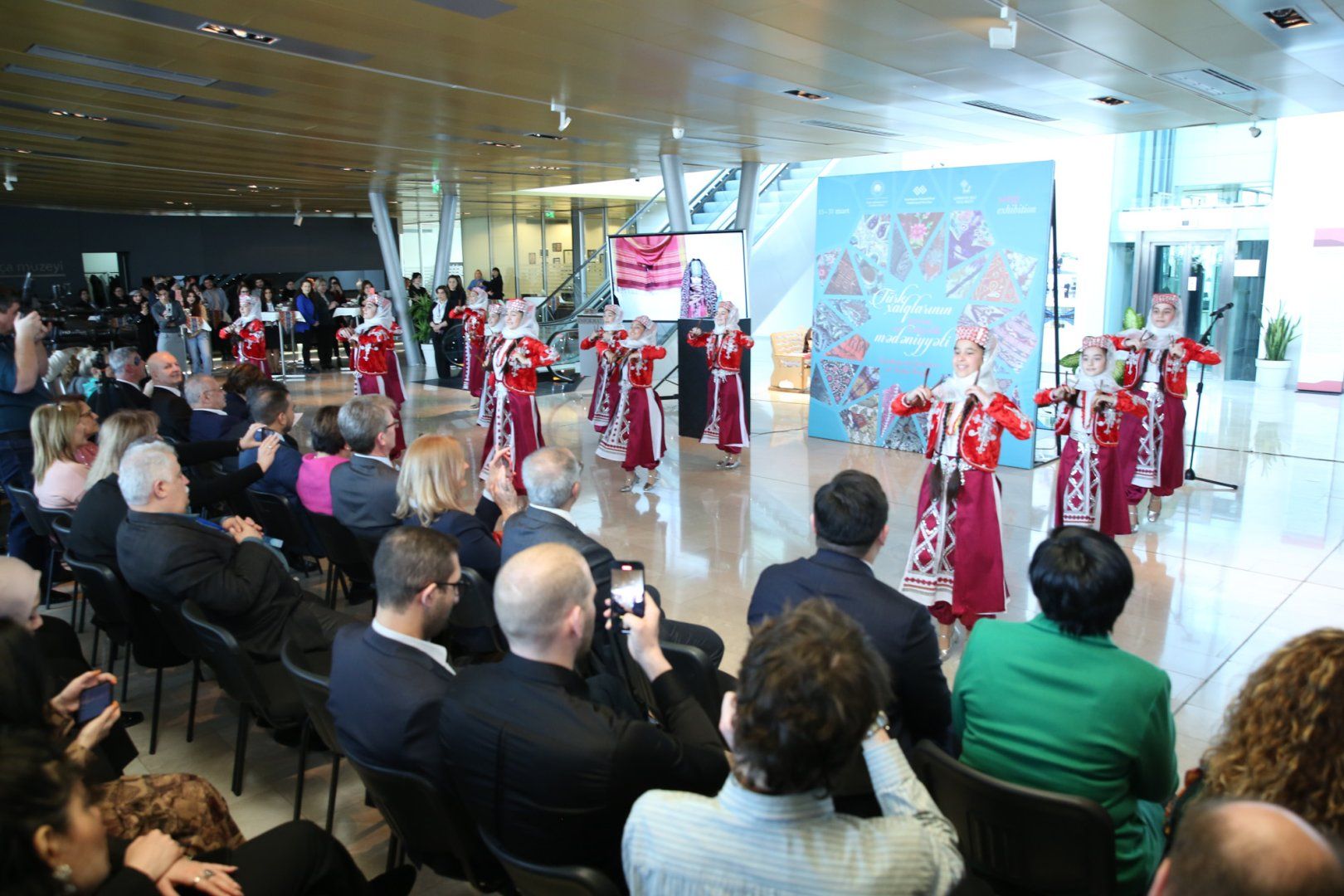
The exhibition, which runs until March 31, was followed by a master class and lecture.
A master class on decorating eggs with Azerbaijani and Hungarian patterns was organized in the National Carpet Museum within the framework exhibition. A master class for adults was held by Hungarian folk artists Beatrix Jokaine Gombosi and Anna Jokai.
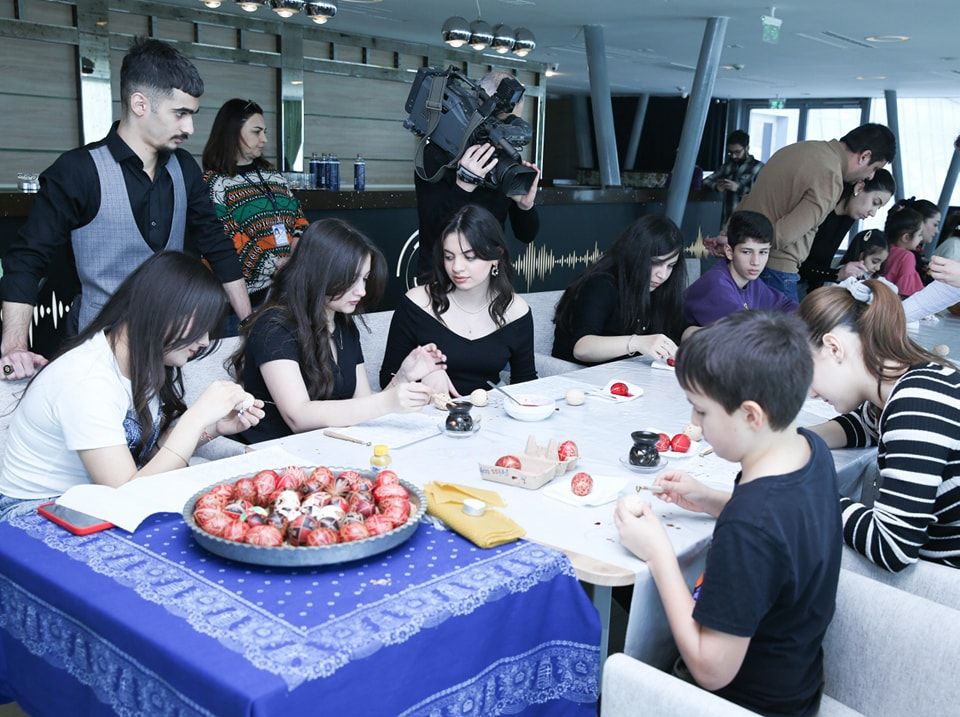
Young guests reflected the heroes of Azerbaijani fairy tales in eggs in a master class conducted by the staff of the Children's Department of the museum.
At the end, the guests got acquainted with the museum`s rich collection.
The master class was co-organized by the Azerbaijan National Carpet Museum and the Hungarian Embassy in Azerbaijan.
Founded in 1967, the National Carpet Museum holds more than 14,000 exhibits of the finest Azerbaijani carpets.
Initiated by eminent carpet artist Latif Karimov, the museum is beautiful inside and out.
The museum's new building is designed in the form of a rolled carpet. Now, the museum hosts multiple events, including international symposiums, conferences, and various exhibitions.
In 2019, the museum received national status for its significant contribution to popularising and promoting Azerbaijani carpet weaving art.
In 2020, the Carpet Museum enriched its collection with a beautiful pile of carpets purchased by the Culture Ministry at the Sartirana Textile Show in Italy.
The 19th-century Guba carpet "Ugakh" was donated to the Carpet Museum, while the Garabagh carpet "Chelebi" enriched the collection of the museum's Shusha branch.
Moreover, the Carpet Museum won the Travellers' Choice Awards for the fourth time in a row last year.
The award proves once again that the professional activity of the National Carpet Museum is highly appreciated by visitors from all over the world.